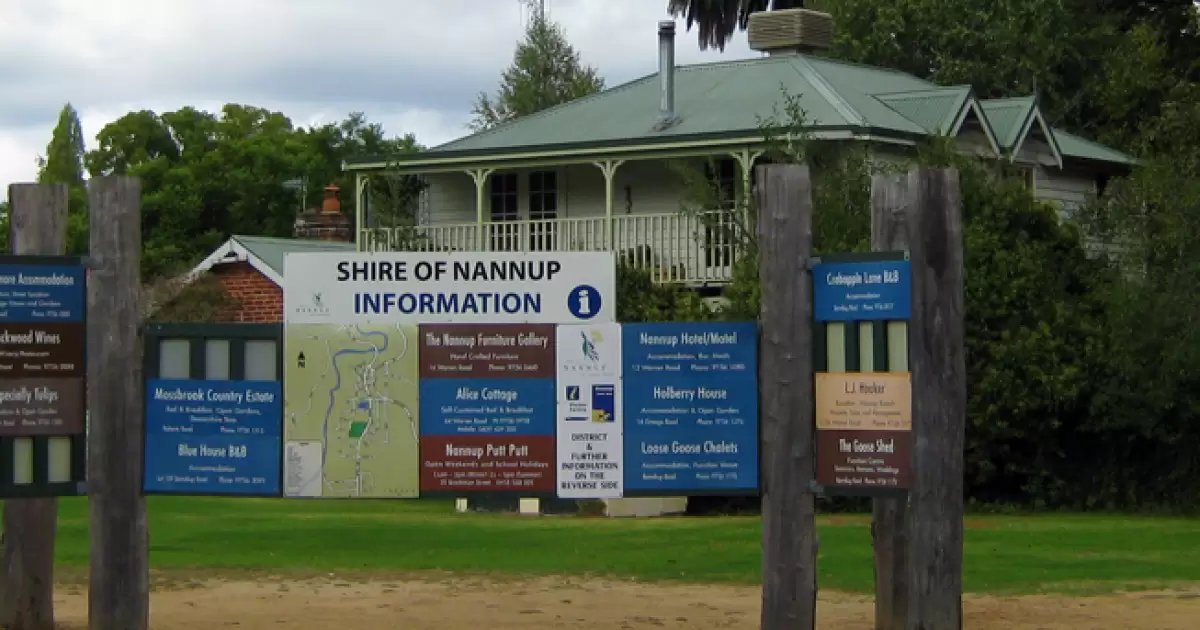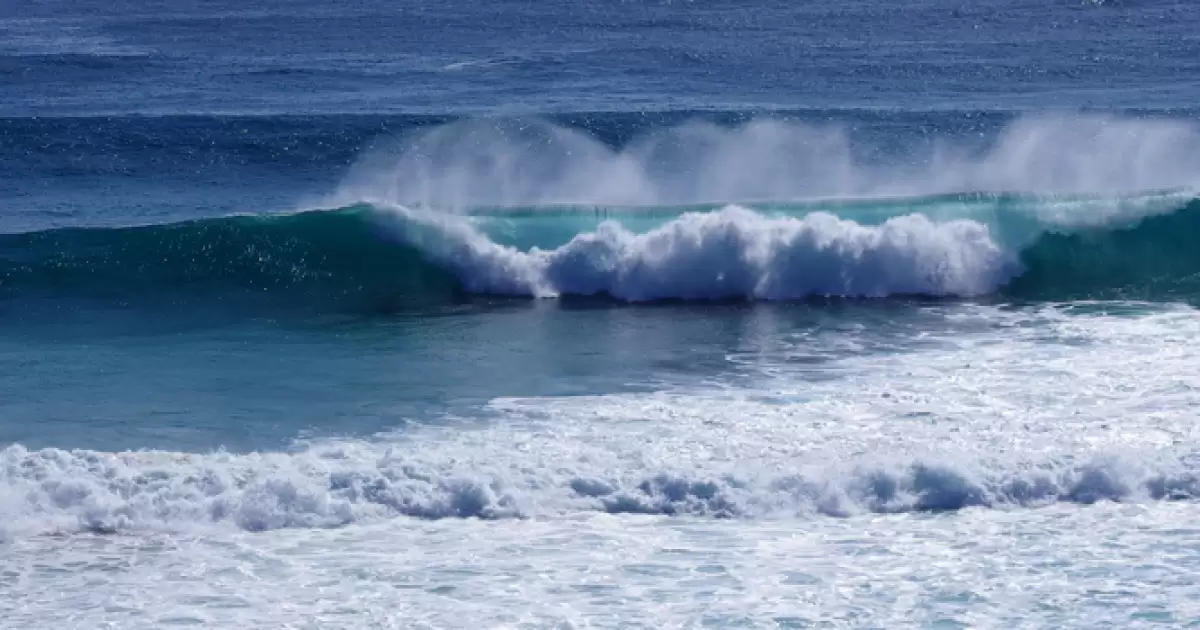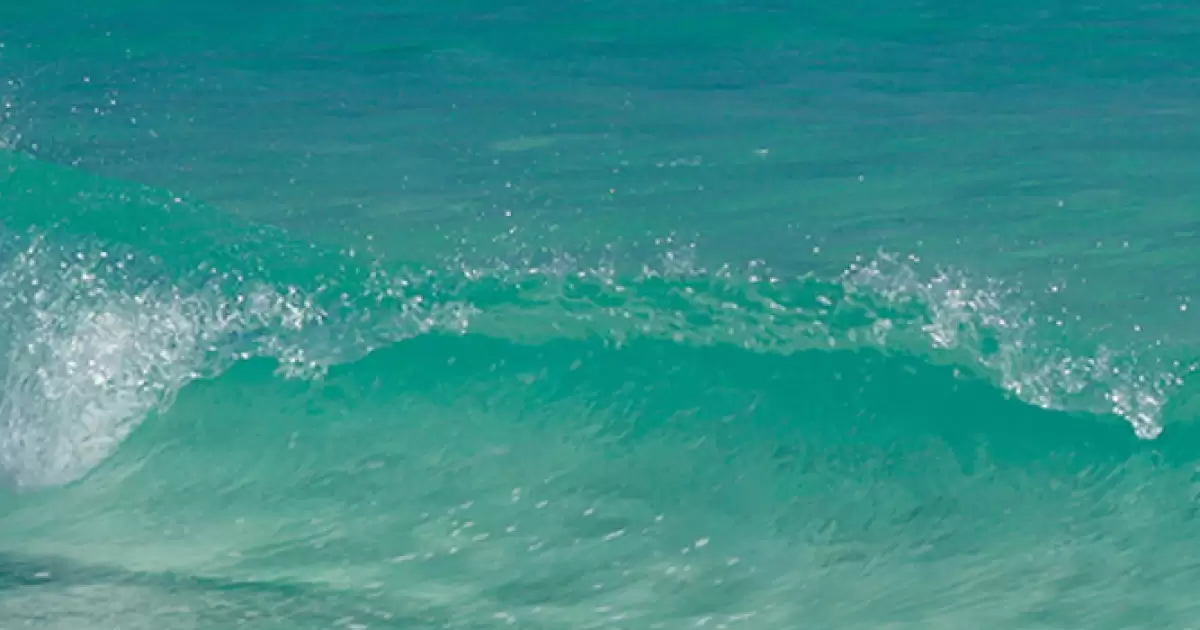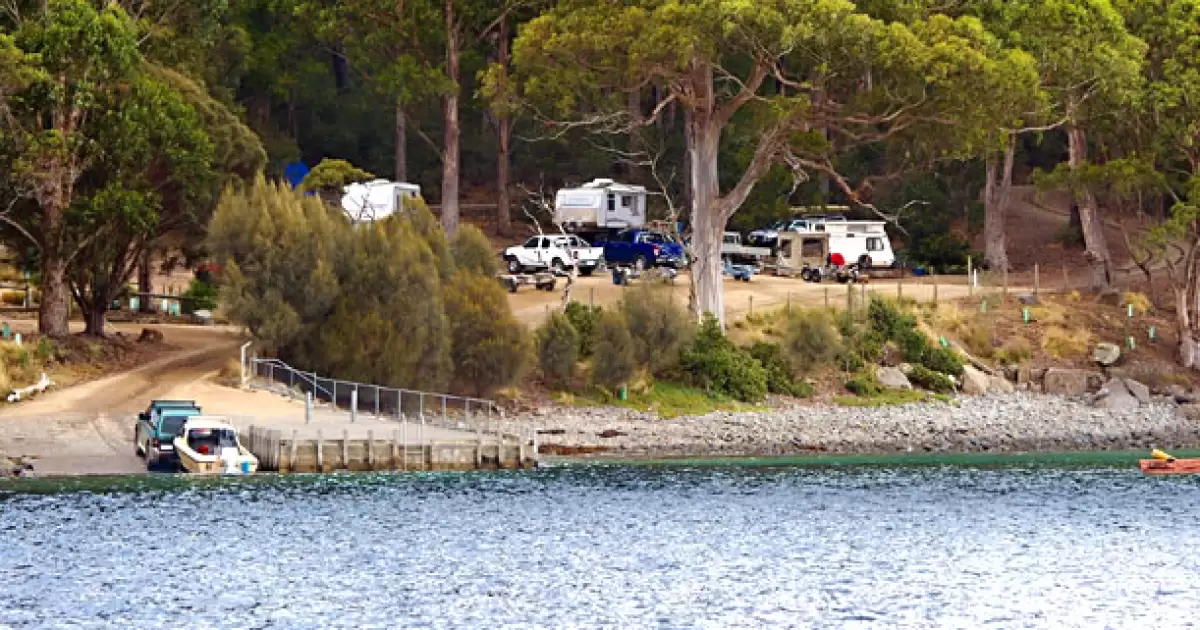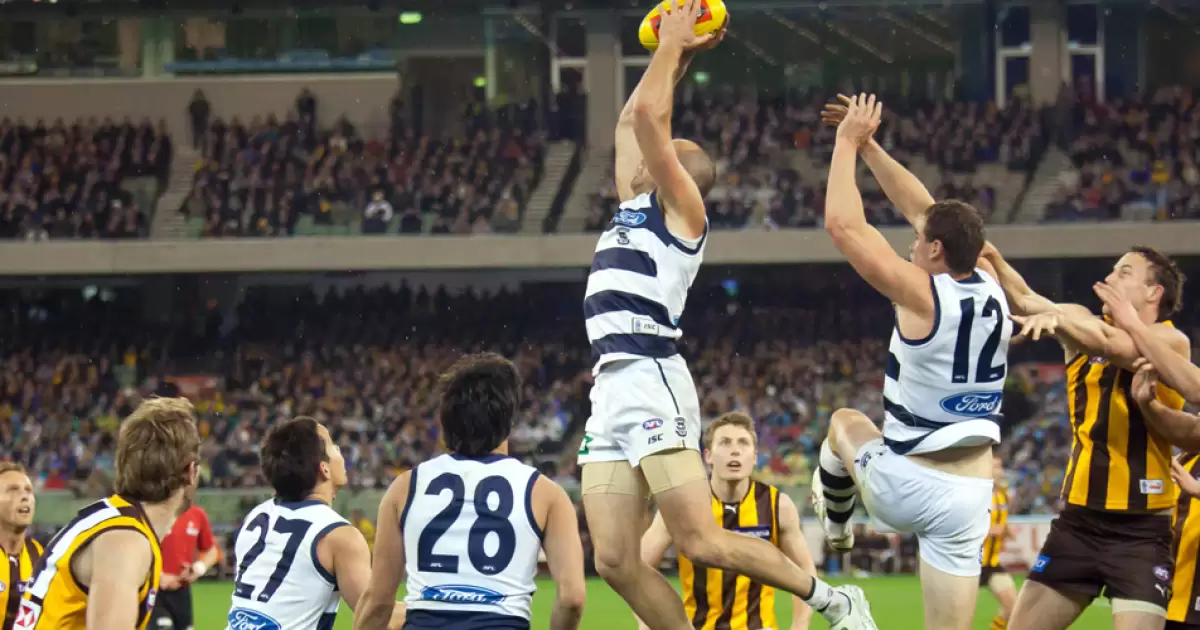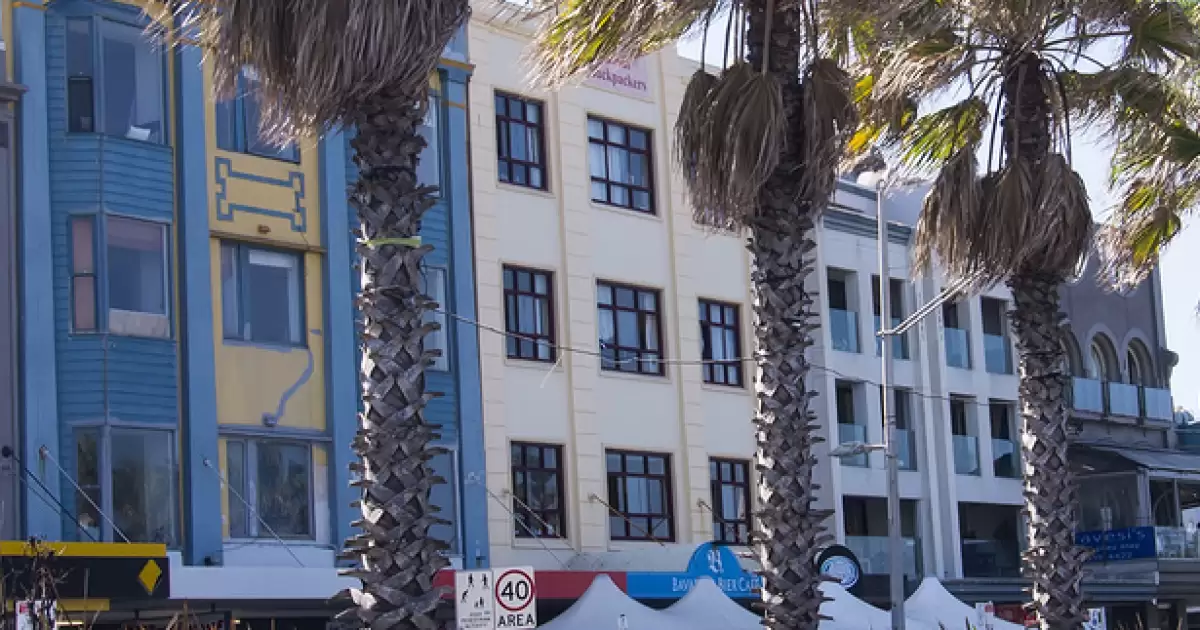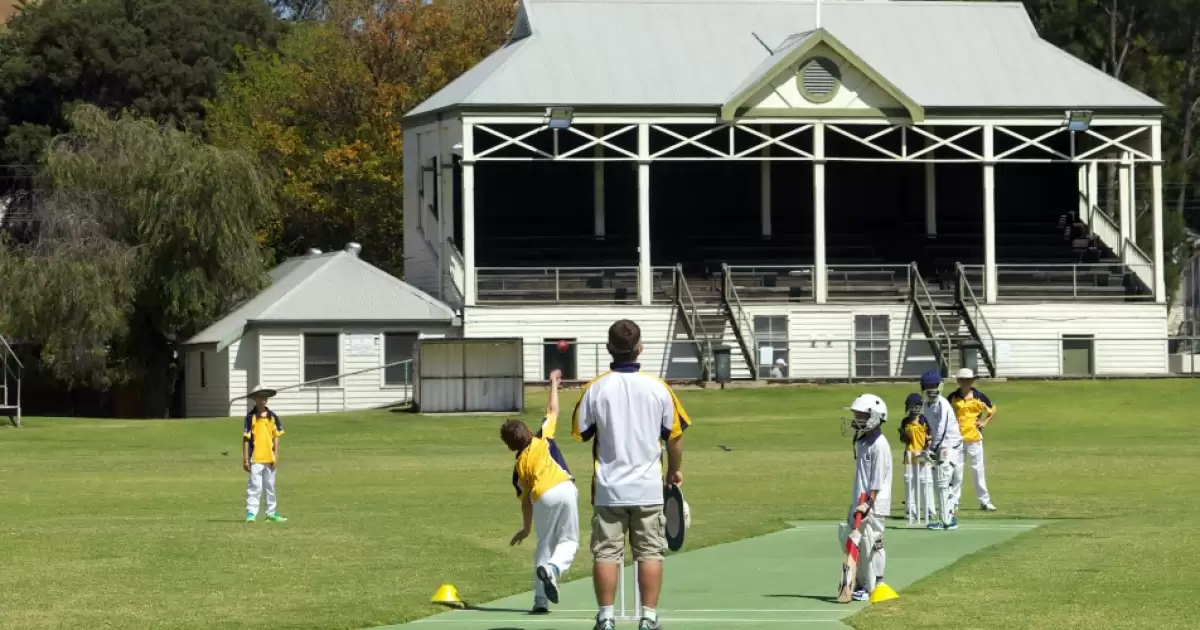Our Currency
CASH. ATM. EFTPOS.
Banking
Banking hours are usually between 9am - 5pm. Banks or Agencies are usually situated in most towns & cities, most being represented at Post Offices. Automatic Teller Machines (ATM's) are available in many service (gas) stations, shopping centers, hotels, general stores and other venues. Nearly all venues take EFTPOS (electronic funds transfer) and major credit cards.
Polymer Currency in Circulation
Australia was the first country in the world to have an entire system of bank notes using polymer (plastic). These notes were designed to provide higher security against counterfeiting. They also have a long life, lasting four times longer than conventional paper notes. The notes are all the same width but vary in length and colours making them distinctive from each other and easier to identify in all conditions. These notes were produced and developed in Australia, offering artists a brilliant avenue for creating images reflecting the history and natural environment of Australia. Also not being made of paper makes polymer notes cleaner to handle, and also recyclable.

$5 - Five dollar note
(130 mm long by 65 mm wide) The old $5 note featured Her Majesty Queen Elizabeth II and Parliament House in Canberra, the national capital. It was the last note to feature the Queen on the reverse. The clear plastic window (known to some as the clearpiece) features a stylised gum flower (which complements the gum tree branch on the left of the front of the note). The newer $5 note features Sir Henry Parkes (1815-1896, politician and architect of Australian Federation, and Catherine Spence (1825-1910) writer and feminist.
$10 - Ten dollar note
(135 mm long by 65 mm wide) The $10 note features the poets A. B. ('Banjo') Paterson* (1864- 1941) and Dame Mary Gilmore (1865-1962). It also includes micro-printed (get out your magnifying glass!) excerpts of Paterson's and Gilmore's work. The clearpiece continues with the rural theme of the $10 note, which features a simplified drawing of an artesian bore windmill (used to pump underground water to the surface), a common sight throughout outback Australia.
$20 - Twenty dollar note
(145 mm long and 65 mm ) The $20 note features the founder of the world's first flying medical service, the Royal Flying Doctor Service (RFDS), the Reverend John Flynn (1880-1951), also Mary Reibey (1777-1855), who arrived in Australia as a convict in 1792 and later became a successful shipping magnate and philanthropist. The clearpiece on the $20 is a simplified compass... perhaps to commemorate the explorers and pioneers who opened up the inland? Or as a statement that, as a nation, we know where we are headed.
$50 - Fifty dollar note
(150 mm long and 65 mm) The $50 note features David Unaipon (1872-1967), Aboriginal writer and inventor, also Edith Cowan (1861-1932), Australia's first female parliamentarian (there is also a University named after her). The clearpiece on this note features the Southern Cross, the pricipal element on the Australian flag and representative of our location (as the Southern Cross can only be seen from the southern hemisphere). The four main stars each have seven points and each star is known as "The Federation Star", with six points to represent each state and one more to represent Australia's territories.
$100 - One Hundred dollar note
(155 mm long and 65 mm) The $100 note features world-renowned soprano, Dame Nellie Melba (1861-1931), also General Sir John Monash, the distinguished soldier, engineer and administrator (1865-1931). The clearpiece cosists of a modern representation of a lyrebird, a native bird similar to a peacock which can be found in the forests of south- eastern Australia. The asme bird also features on the Australian ten-cent piece.

Coins
The head of all coins carries the year of issue and a portrait of Queen Elizabeth II, who is the reigning monarch at the time of issue of the Commonwealth. The 5c, 10c, 20c and 50c coins are made of 75% copper and 25% nickel. The 1 and 2 dollar coins look like they are made of gold, but in fact are made of 92 per cent copper, six per cent aluminium and two per cent nickel. They feature interrupted milling along the edge of the coin as an aid for visually impaired people. They are also of diferent weight, the $2 coin being much lighter than the $1 coin.
$1 & $2 - One & Two dollar Gold Coins
The 1 dollar coin (25.00 mm in diameter) was introduced in 1984 to replace the $1 note. It features kangaroos on the reverse side. The 1 dollar coin is also uses commemorative designs. The 2 dollar coin (20.50 mm in diameter) was introduced in 1988 to replace the $2 note.The 2 dollar coin shows an Aboriginal tribal elder set against a background of the Southern Cross and native grass trees.
50c, 20c, 10c & 5c - Fifty, Twenty, Ten & Five cent Silver Coins
The 5 cent coin (19.41 mm in diameter) has an echidna, or spiny ant-eater, one of only two egg-laying mammals. The 10 cent coin (23.60 mm in diameter) has a male lyrebird dancing, its tail expanded and thrown forward over its head. The 20 cent coin (28.52 mm in diameter) shows the world's only other egg-laying mammal (or monotreme), the platypus. The standard 50 cent coin (31.51 mm in diameter) carries the Australian Coat of Arms which has the six state badges on a central shield supported by a kangaroo and an emu, with a background of Mitchell grass. The fifty-cent coin initially was a round coin in almost pure silver but in a short time this was replaced with a silver alloy and was moulded with twelve sides. The 50 cent piece is often minted with special designs for commemorative purposes.

